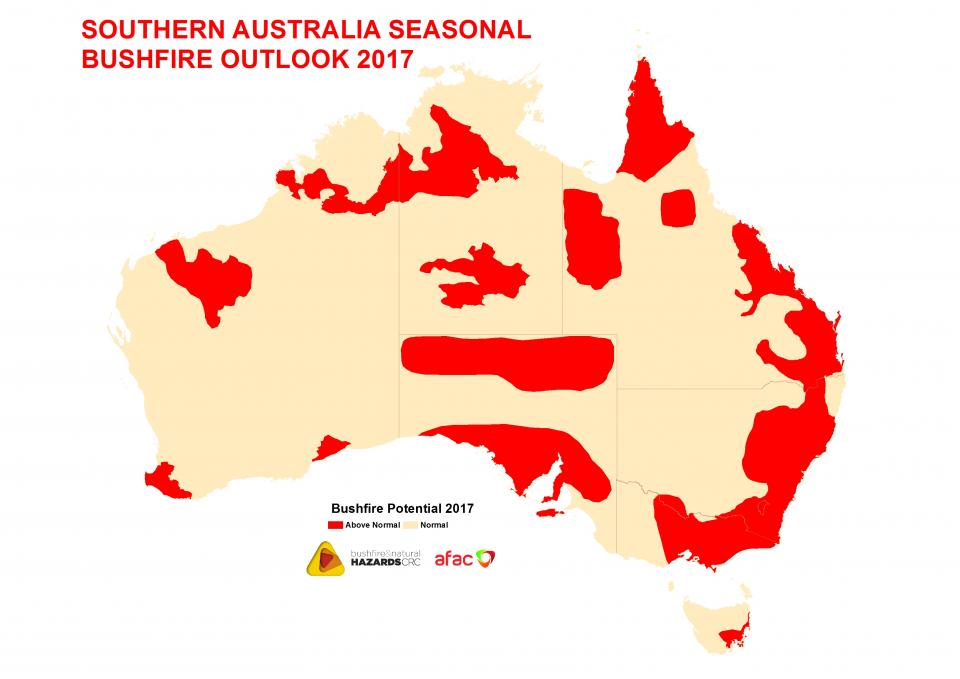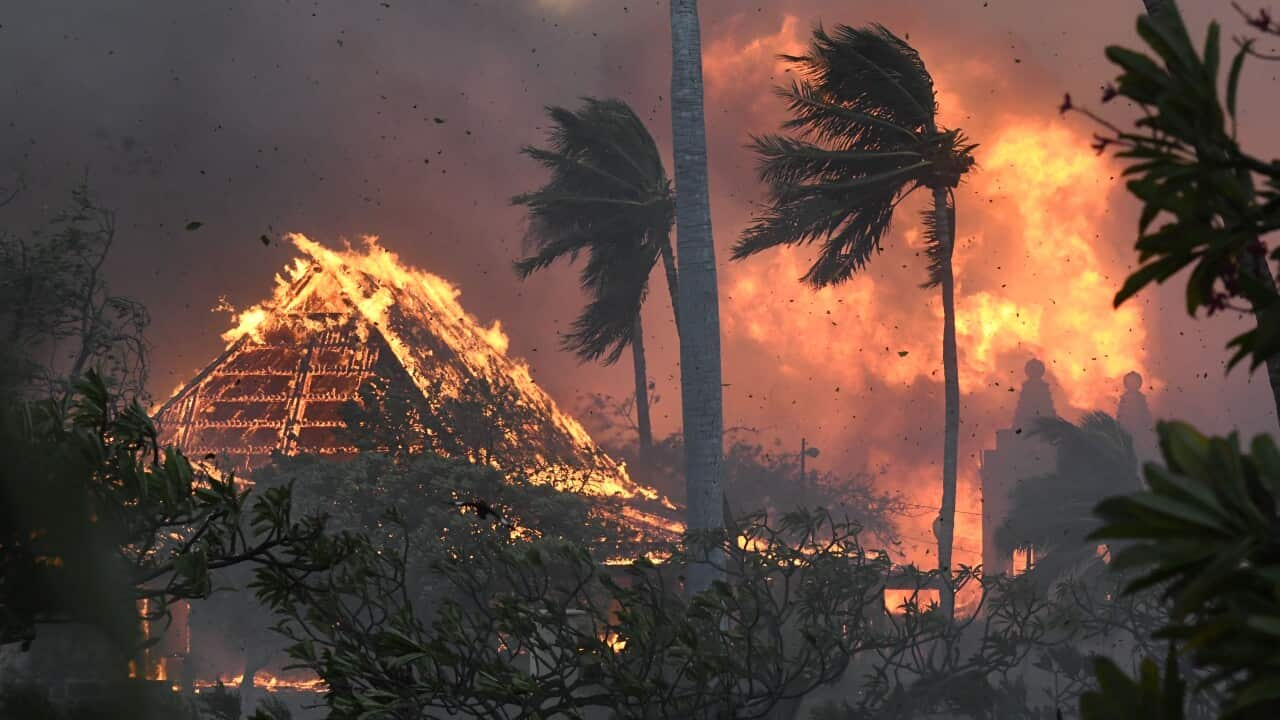Bushfire Risk Assessment Demystified: How to Analyze and Act on Your Outcomes
Bushfire Risk Assessment Demystified: How to Analyze and Act on Your Outcomes
Blog Article
Professional Recommendations on Bushfire Monitoring for Improved Fire Defense
In the realm of bushfire administration, the importance of expert guidance can not be overemphasized. With the boosting frequency and severity of wildfires, it is crucial to look for assistance from those well-versed in the complexities of fire actions and mitigation techniques. From comprehending the nuances of bushfire actions to carrying out sensible actions such as firebreaks and defensible spaces, there exists a wealth of knowledge that can considerably boost fire security initiatives. Nonetheless, the key lies not just in the specific parts of fire monitoring yet also in their natural assimilation right into a thorough method. By diving into the knowledge offered in the following discussion, a clearer path in the direction of bolstered fire security can be brightened.
Comprehending Bushfire Actions
To successfully mitigate the influence and handle of bushfires, it is important to have a thorough understanding of bushfire habits. Bushfires are complicated natural phenomena influenced by different variables such as weather problems, topography, gas load, and human tasks. Comprehending how these aspects connect is critical in forecasting the actions of a bushfire, enabling far better planning and feedback approaches.
One secret aspect of bushfire actions is fire spread. By examining past fire occurrences and analyzing fire patterns, experts can expect how a bushfire may proceed under particular conditions.
Additionally, understanding ember attack, detecting, and fire tries is vital in grasping the complete extent of bushfire behavior. By diving right into these ins and outs of bushfire behavior, authorities can improve their preparedness and reaction abilities, ultimately minimizing the influence of these devastating occasions.
Implementing Firebreaks and Defensible Areas
Understanding bushfire actions is foundational for effectively implementing firebreaks and producing defensible areas to boost fire defense. Preserving these firebreaks with regular clearing up of debris and plant life is important to guarantee their effectiveness throughout a bushfire occasion.

Appropriately executing firebreaks and defensible areas needs careful planning, routine upkeep, and neighborhood participation to make certain the highest possible level of fire security for residential properties and lives in bushfire-prone locations.
Utilizing Early Caution Systems
Releasing sophisticated early warning systems is necessary for timely detection and alerting of prospective bushfire risks. By using sophisticated innovations such as satellite tracking, weather condition sensors, and thermal imaging, authorities can efficiently check fire-prone locations and find ignition sources at the earliest find phases. These systems can provide real-time information on fire intensity, behavior, and direction, permitting punctual decision-making and fast implementation of firefighting sources to the affected locations.
Very early warning systems additionally play a critical duty in informing citizens and neighborhoods concerning foreshadowing bushfire websites threats. Via automated sirens, text signals, call, and social networks notifications, people can be swiftly informed concerning evacuation orders, risk-free sanctuary places, and emergency procedures. This positive strategy not only saves lives yet also decreases home damages by making certain that individuals have enough time to evacuate and safeguard their homes.
Developing Evacuation Strategies
Effective discharge strategies are crucial for making certain the safety and security of homeowners in bushfire-prone areas. Establishing well-thought-out evacuation strategies is essential in reducing the dangers positioned by bushfires and securing human life. These strategies must be thorough, thinking about different factors such as the topography of the area, the thickness of plant life, and the likely rate and instructions of the fire's spread.
When developing discharge plans, it is necessary to establish clear discharge routes and setting up points where citizens can collect securely. These courses need to be routinely kept to guarantee ease of access throughout emergency situations. Additionally, interaction strategies have to be in area to alert homeowners of unavoidable risk and provide clear instructions on evacuation procedures.
Collaboration in between local authorities, emergency services, and community members is important in developing efficient emptying strategies. Normal drills and workouts should be conducted to familiarize residents with the procedures and make sure a swift and arranged emptying when a bushfire intimidates the area. By prioritizing the development of durable discharge strategies, areas can enhance their strength to bushfire emergencies and decrease the potential influence on lives and homes

Engaging in Area Readiness
In the world of bushfire administration, cultivating neighborhood readiness plays a critical role in strengthening the resilience of residents staying her comment is here in high-risk locations. Participating in community readiness includes informing citizens on bushfire threats, promoting fire safety techniques, and creating emergency plans jointly. By proactively entailing the community in readiness efforts, people come to be more educated and equipped to take aggressive procedures to protect their lives and residential or commercial properties throughout bushfire occurrences.
Community readiness initiatives usually consist of conducting fire drills, establishing communication networks, and organizing training sessions ablaze reductions methods. Furthermore, motivating cooperation amongst next-door neighbors to create a natural support group can significantly improve the general readiness level of an area. The probability of lessening damage and making sure security rises substantially. when homeowners are well-informed and outfitted to respond effectively to bushfires.
Verdict
In final thought, effective bushfire management needs a comprehensive understanding of fire habits, the implementation of firebreaks and defensible areas, the application of early warning systems, the development of emptying strategies, and community engagement in readiness efforts. By integrating these strategies, communities can improve their fire defense measures and lower the influence of bushfires on both property and lives. BAL Report. It is critical for all stakeholders to collaborate to develop a more secure environment when faced with this natural disaster
To effectively reduce the impact and manage of bushfires, it is essential to have a detailed understanding of bushfire behavior. By researching previous fire cases and evaluating fire patterns, professionals can prepare for just how a bushfire could progress under particular problems.Recognizing bushfire behavior is fundamental for effectively executing firebreaks and producing defensible areas to boost fire security. Involving in community preparedness includes enlightening citizens on bushfire threats, promoting fire safety practices, and establishing emergency situation strategies jointly.In conclusion, effective bushfire monitoring calls for a comprehensive understanding of fire behavior, the implementation of firebreaks and defensible spaces, the utilization of very early caution systems, the advancement of discharge strategies, and community engagement in preparedness efforts.
Report this page